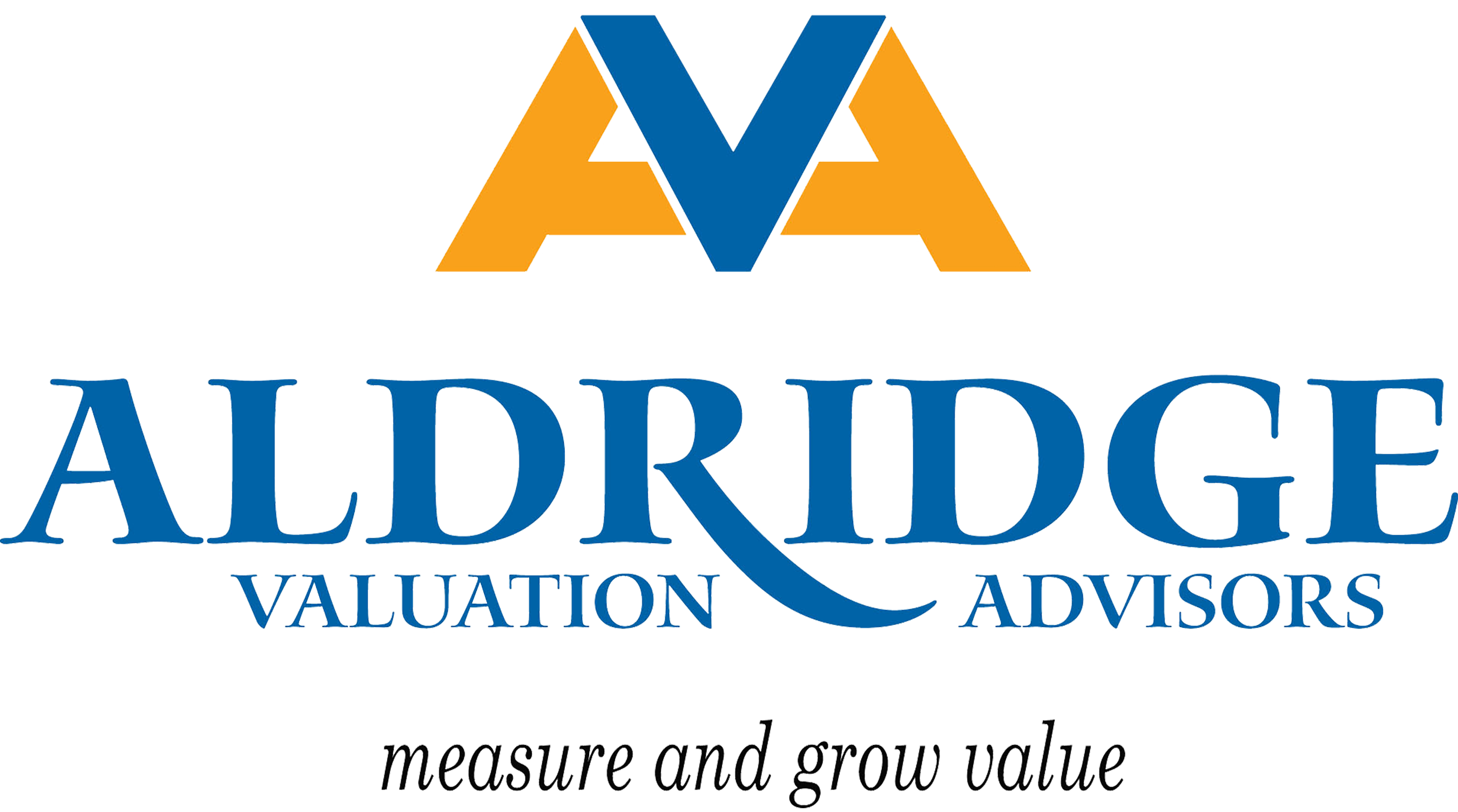In these blog "conversations," I will be sharing content that will help you measure and grow value in your business. Each will be brief and written as if we are having a conversation over a cup of coffee, a fireside chat if you will. So, feel free to ask me any questions along the way.
In today’s chat, I share some conversations I have had with business owners regarding valuation. Some of the details will be left out in order to protect the privacy and confidentiality of the business owner. I get all sorts of questions on valuation, so I thought I would share some of those with you. If someone else is asking me these questions, chances are others may have the same questions.
Rule of Thumb

A business owner was interested in buying a competitor’s business to expand his presence in the market. As we discussed this opportunity, I asked him a few questions.
How much is the revenue of the target company? He said, “One million dollars. Therefore, the value is 1 X revenue, or $1 million.” How much is the revenue of your company? “Also, one million dollars. So, they are both worth the same.” How much does the target c
ompany net at year end? “About $300,000.” How much does your company net? “About $100,000.”
Then I said, “Let me suggest to you that, subject to some due diligence, the target company is worth more than your company, and the target company is worth more than $1 million.” He disagreed and was adamant that both companies were worth the same. I tried to explain profit margins, normalized earnings, projections, risk, discounting, etc., but he would have none of it. His mind was set on the value of the target company being $1 million because someone had told him that was the industry norm.
Using a broad, general rule of thumb to value a business is analogous to trying to hit a baseball pitch with your eyes closed. You may in fact hit the target and get on base safely, but the odds of hitting a home run are slim. (As a side note, I actually hit a home run by doing just that. I was facing the fastest pitcher in the league. I was scared to death to face him because during his wind up, he would look away from the catcher’s mitt, then reacquire his target before releasing his pitch. Although he had excellent control, it unnerved me nevertheless. So, I literally closed my eyes and swung the bat as hard as I could. Crack! The ball when flying over the center field fence. I trotted around the bases showing no emotion and acted like I was planning to do that all the time. The pitcher went on to pitch at a small college, while I gave up the sport soon thereafter.) Needless to say, I don’t recommend using rules of thumb to determine the value of a business.
 Does the industry of the company for sale determine whether one uses a multiple of revenue or EBITDA?
Does the industry of the company for sale determine whether one uses a multiple of revenue or EBITDA?
Again, as in the example above, using an industry norm as a multiple of revenue or EBITDA is not the best way to determine value. While there may be some unique characteristics of a particular industry that have an impact on its value -- especially as it pertains to regulatory issues, competition, ease of entry into the market place, management succession -- a rule of thumb may leave you asking too little or paying too much for a business.
Another example is a company I did some work for years ago. Their revenues were about $25 million and cash flow was barely breakeven. If you used a multiple of revenue, one might calculate value to be $25 million. However, if you used a multiple of EBITDA, the value was next to nothing. Pretty big difference wouldn’t you say?
If you have any questions about measuring and growing the value of your business, please contact me for a free conversation at [email protected].
